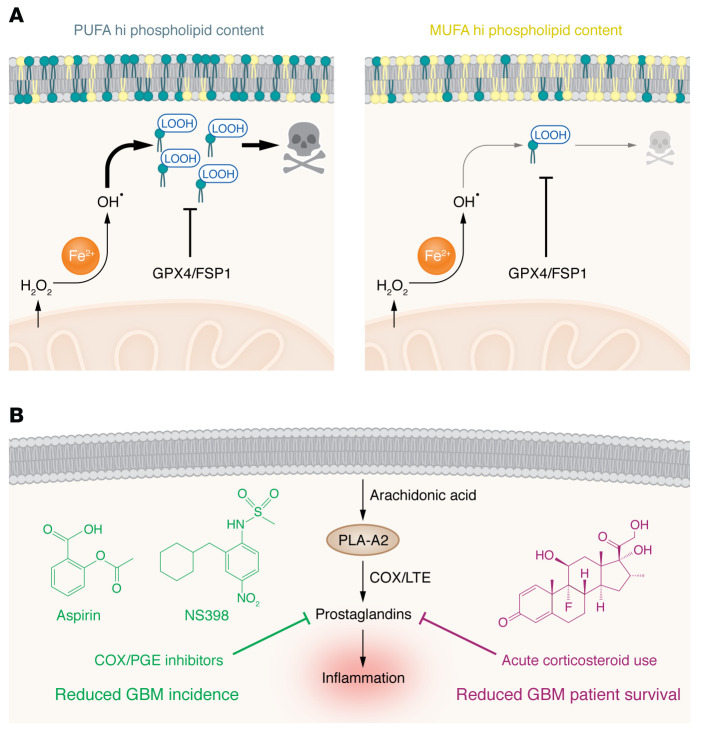Figure 3. Ferroptosis and lipid signaling in GBM.
(A) Ferroptosis is a recently discovered form of non-apoptotic cell death that is dependent on polyunsaturated FAs (PUFAs) that are oxidized by reactive oxygen species (ROS) and iron to generate lipid hydroperoxides (LOOH). Ferroptosis is avoided by tumors via the lipid ROS–resolving enzymes glutathione peroxidase 4 (GPX4) and ferroptosis suppressor protein 1 (FSP1). Ferroptosis is also inhibited by exogenous administration of monounsaturated FAs (MUFAs), demonstrating that the PUFA/MUFA balance may be predictive of ferroptosis potential in tumor cells. The role of these processes in GBM, and whether they can be perturbed to enhance anti-GBM therapies, are largely unknown. (B) Specific PUFAs, particularly arachidonic acid (AA) generated by the actions of phospholipase A2 (PLA-A2), are used to generate the potent inflammatory compounds collectively called prostanoids. Of these, prostaglandins are the most well studied, and long-term use of inhibitors of prostaglandin generation, such as the COX/PGE inhibitors aspirin and NS398, are negatively associated with GBM occurrence in numerous studies. However, the clinical use of steroids such as dexamethasone, which also inhibits prostaglandins (and numerous other processes), is associated with worse outcomes in GBM and resistance to immunotherapies for the disease. The results of these studies suggest that long-term blockade of inflammation may prevent GBM incidence. However, once malignancy is identified, acute blockade of inflammation inhibits patient survival and immunotherapeutic efficacy. The mechanisms behind these diverging phenomena are still being investigated.

